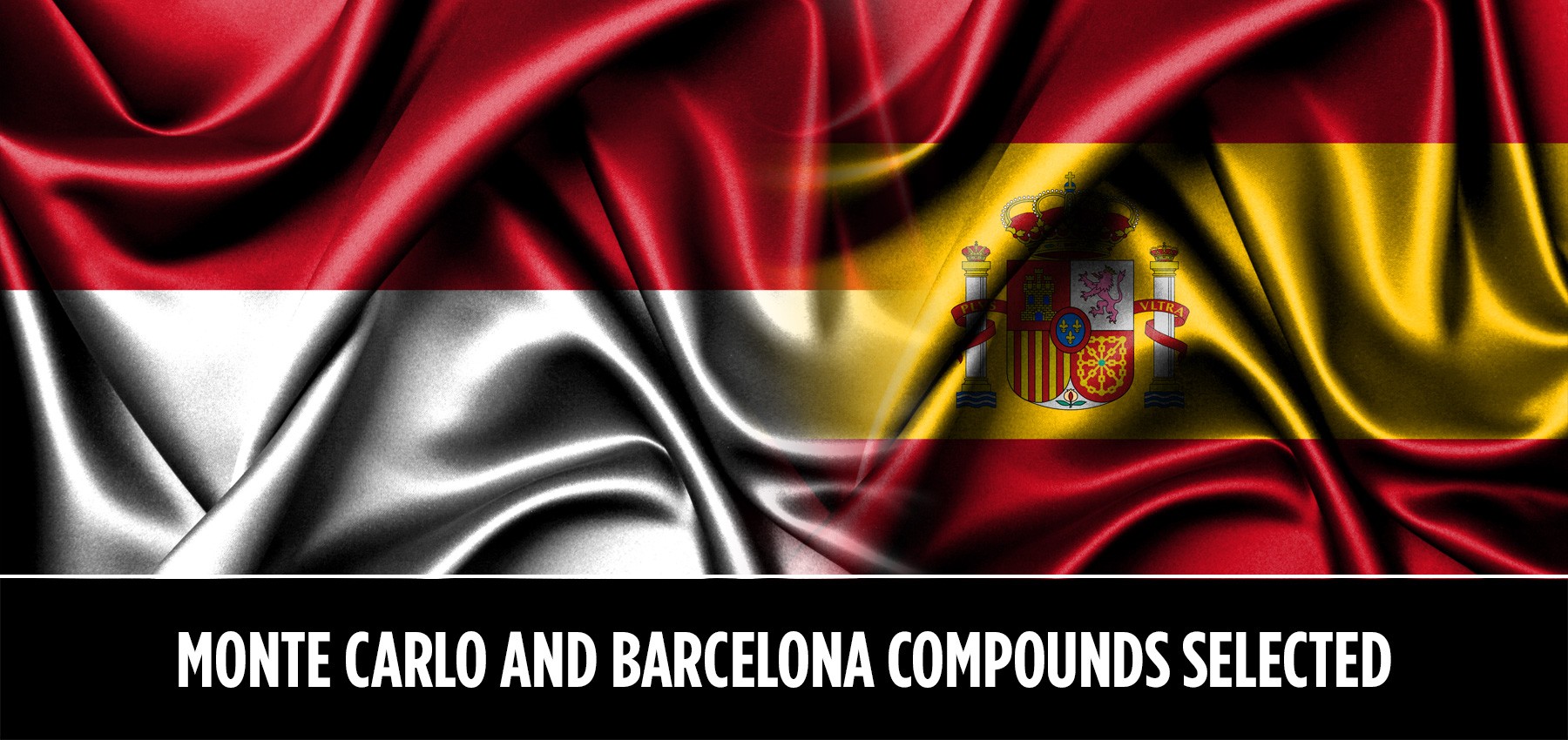2023 TYRE COMPOUND CHOICES – MONACO AND SPAIN
The choice of compounds for the Monaco Grand Prix and Spanish Grand Prix has been announced to all the teams today. In Monaco, from 26 to 28 May, the 10 teams will have at their disposal the three softer compounds: C3, C4 and C5. In Barcelona, from 2 to 4 June, the C1, C2 and C3 compounds will be used.
As usual, the softest compounds in the range have been selected for Monaco. The tyres are not subjected to a lot of stress at the famous Monte Carlo street circuit as the lap is slower than at any other track and the asphalt is not particularly abrasive. On the contrary, the roads are opened to public traffic each evening, which means that the track does not rubber in as usual. As a result, the drivers have to rely heavily on aerodynamic grip, running the highest downforce levels seen all year.
The Circuit de Catalunya is another well-established venue, having hosted the Spanish Grand Prix since 1991 without interruption. This year the track returns to its former layout, with the removal of the final chicane and a consequent reduction in the overall lap length, which now comes down to 4.657 kilometres.
This alteration makes the final sector a lot more flowing and less severe for the tyres in terms of traction but puts them under greater lateral stress during the final two fast corners (which are now known as Turns 14 and 15) after already coming under heavy load earlier during the lap, in places like Turns 3 and 9. Asphalt temperature will be an important factor in terms of degradation, with track temperatures reaching 50 degrees centigrade last year despite the race being held a few weeks earlier.
As such, Pirelli has selected the C1, C2, and C3 as hard, medium, and soft. Although this is the same selection as last year on the face of it, in reality the 2023 C1 is a brand new compound that made a successful debut in Bahrain (with this year’s hardest available compound being the C0).



















